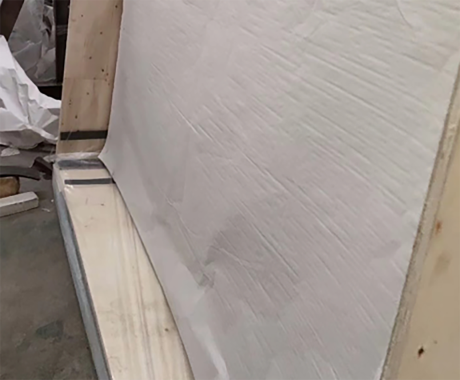

The Art and Utility of Beveled Glass Mirrors
In the world of interior design, mirrors serve a fundamental role that extends beyond simple reflection. One of the most intriguing types of mirrors is the beveled glass mirror. With a unique edge treatment that adds depth and sophistication, beveled mirrors not only enhance the functionality of a room but also contribute significantly to its aesthetic appeal.
Beveled glass mirrors have their edges cut at an angle, typically set at 45 degrees, which creates a sloped surface that catches and refracts light. This process gives the mirror a distinct look; the edges often appear more polished and reflect light in different directions, adding a dynamic quality to the simplest of settings. This functionality is particularly valuable in dimly lit areas, as the refracted light can illuminate the space in ways that a flat-edged mirror cannot.
Historically, beveled mirrors date back to the Renaissance period, where artisans painstakingly crafted them by hand. The quality and craftsmanship are evident in each bevel, showcasing the skill involved in creating such pieces. In contemporary design, advancements in technology have allowed for mass production, making beveled mirrors more accessible than ever. However, the allure of handcrafted mirrors remains, often signing a piece with an aura of uniqueness and personal touch that is treasured by collectors and design enthusiasts alike.
One of the primary advantages of beveled glass mirrors is their versatility
. They can fit seamlessly into various design styles, from classical to modern minimalism. In a traditional setting, a carved wooden frame surrounding a beveled mirror can evoke a sense of grandeur, while in a contemporary application, a sleek, frameless beveled mirror can enhance a minimalistic aesthetic, adding elegance without overwhelming the space.
Moreover, beveled mirrors can be strategically used to create illusions of space. In smaller rooms, mirrors can make walls appear further away, providing an effortless way to open up cramped areas. By positioning a beveled mirror across from a window or in a corner, it can help bounce light and give the impression of a larger room, achieving a brighter and more airy atmosphere.
In addition to their practical applications, beveled glass mirrors also offer an artistic element. Many designers utilize different shapes and arrangements of beveled mirrors to create stunning feature walls. This approach can serve as an impressive focal point in a room, marrying visual art with functional pieces. For instance, a cluster of various-sized beveled mirrors can form a stunning collage that serves as a talking point for guests, merging art and design seamlessly.
It’s also important to consider the maintenance and care of beveled glass mirrors. Like any reflective surface, they require regular cleaning to maintain their brilliance. Using a soft cloth and a gentle cleaner can help prevent scratches and preserve the integrity of the glass. Additionally, because the edges are often more delicate than flat mirrors, care should be taken when mounting and handling them to avoid chips or breaks.
In conclusion, beveled glass mirrors are much more than just reflective surfaces; they embody a blend of art, function, and craft that enhances our living spaces. With their rich history, versatile applications, and ability to transform spaces by adding depth and elegance, these mirrors continue to be a cherished element in both traditional and modern design. Whether used to brighten up a hallway, expand a small room, or serve as a striking artwork, beveled mirrors hold a unique place in interior design, inviting admiration and functionality into our daily lives. As we continue to evolve our spaces, let us not overlook the simple beauty and transformative power of this timeless element.